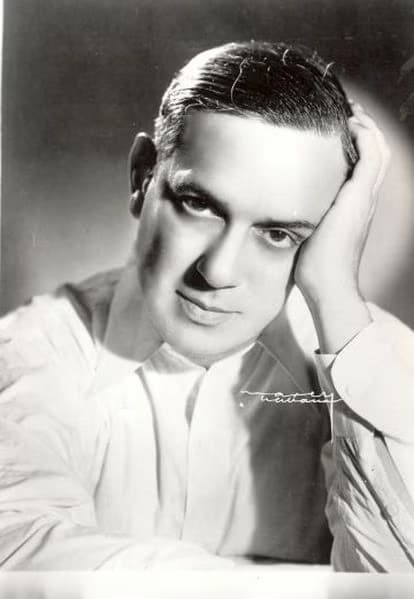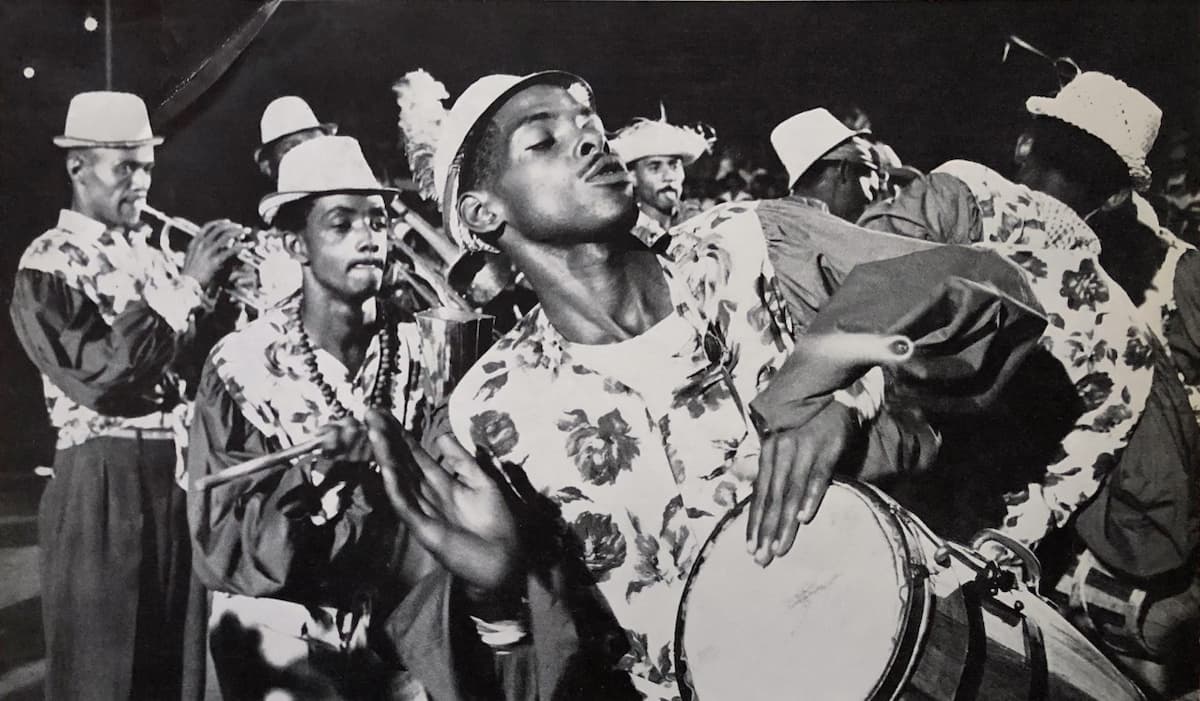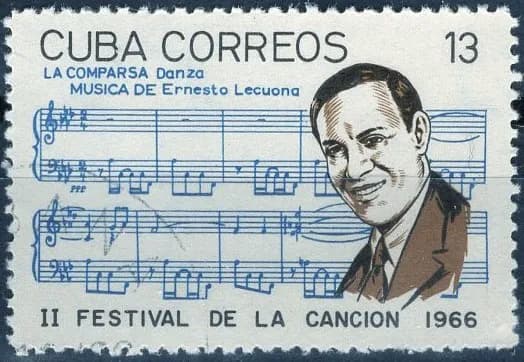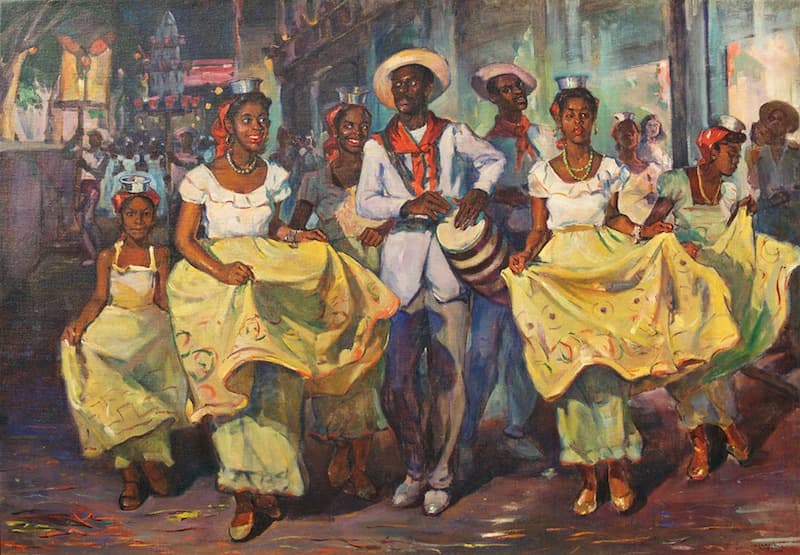Ernesto Lecuona (1896–1963), the foremost Cuban composer of the first half of the 20th century, straddled the pop and classical worlds. He was a composer of popular and film music and a classical musician, performing internationally as a pianist and as founder of the Havana Symphony Orchestra, the Orquesta de la Habana, and lent his name to the Lecuona Cuban Boys Band, a dance band that toured the US, Latin America, and Europe for some 40 years.

Ernesto Lecuona
As a Cuban composer, his music is filled with not only Spanish folklore but also Afro-Cuban influences. His Danzas Afro-Cubanos, written between 1929 and 1934, bring out the best in the blended musical styles: syncopated rhythms and unusual harmonies matched with virtuosic piano writing. ‘Danzas’ came out of the elegant, European-based society salons and combining the idea of ‘danza’ with ‘Afo-Cuban’ was Lecuona’s way of mashing up society’s strict lines.
The ‘conga’ in the title of the first piece refers not to the dance, but to a specific kind of Cuban musical group. An early description of a conga from the 1860s describes the make up of a conga a coming from the working class because their instruments were drums, frying pans, tin utensils, graters, and güiros (a hollow gourd with parallel notches cut in one side. Rubbed with a stick, it produces a ratchet sound). Lecuona’s conga starts with the sound of an out-of-tune piano (achieved by playing dissonant note clusters) and rhythms that are constantly pushing us off the beat.

A conga as part of a comparsa, Santiago de Cuba, 1960 or 1961
Ernesto Lecuona: Danzas Afro-Cubanas – La conga de media noche (Cristiana Pegoraro, cond.)
Danza Negra pushes in urgent rhythm in the bass against a melodic line that starts on an upbeat. The middle section is more dance like and opens out the rhythm of the first section. At the end the opening rhythm returns. This movement was a particular favourite of Ravel.
Ernesto Lecuona: Danzas Afro-Cubanas – Danza Negra (Cristiana Pegoraro, cond.)
… Y la Negra bailaba! (…And the Black Danced!) again picks up with melodies that start on the upbeat, and a driving bass line. After the strumming melody, the song breaks into a section that sounds more like rag-time than earlier sections.
Ernesto Lecuona: Danzas Afro-Cubanas – … Y la Negra bailaba! (Cristiana Pegoraro, cond.)
More like piano work by Liszt, but with Cuban touches, Danza de los Ñañigos (Dance of the Negros) is the most deliberate movement.
Ernesto Lecuona: Danzas Afro-Cubanas – Danza de los Nanigos (Cristiana Pegoraro, cond.)
The syncopation in the Danza Lucumi again relies on syncopated rhythms.
Ernesto Lecuona: Danzas Afro-Cubanas – Danza Lucumi (Cristiana Pegoraro, cond.)
The most famous part of the Afro-Cuban Dances is the final section, La comparsa.

1966 Cuban stamp with Lecuona and La comparsa
A comparsa is a group of singers, musicians, and dancers that work as an ensemble for carnival parades. In the US, the krewes for the New Orleans Mardi Gras fulfil the same purpose. In Cuba, comparsas originated in eastern Cuba, particularly around Santiago de Cuba. The singers and musicians are the conga (see above) and with the addition of the dancers, the ensemble is a comparsa.

Oscar García Rivera: Comparsa (Carnival Parade), c. 1940 (Vero Beach Museum of Art)
Ernesto Lecuona: Danzas Afro-Cubanas – La comparsa (Cristiana Pegoraro, cond.)
Through the six pieces that form his Danzas Afro-Cubanas, Lecuona has shown the world some of the unique qualities of Cuban music of the 1920s and earlier. The mix of European and Afro-Cuban rhythms and ideas gave Lecuona’s music a unique sound.
For more of the best in classical music, sign up for our E-Newsletter
